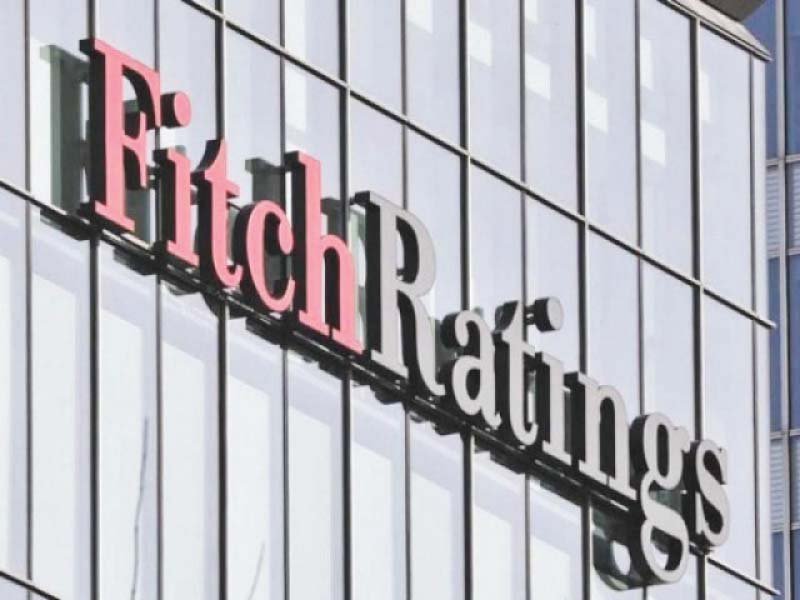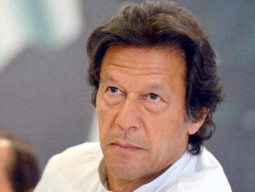
Fitch Solutions expects no further interest rate hikes in the second half of FY19 as the downturn in international crude oil prices has come as a blessing to fix the beleaguered economy.
“We expect the SBP (State Bank of Pakistan) to adopt a wait-and-see approach in the coming months as it assesses the impact of the aggressive hike that has taken place over the past year and turns its attention to supporting economic growth,” the research house said in a commentary on “Economic analysis - State Bank of Pakistan likely to remain on hold in FY2018/19.”
The country is to shift its focus towards supporting economic activities after the pre-emptive massive interest rate hikes of 4.25 percentage points and rupee depreciation of around 32% against the US dollar in the past around one year partially delivered the desired result of cooling down aggregate demand in the overheated economy.
Upcoming second mini-budget to be defining moment for economy
With price pressures likely to remain subdued over the coming months due to the decline in international crude oil prices and the interest rate rises, which would help offset second-round effects of the rupee depreciation, the research house reiterated, “the SBP…will likely remain on hold for the remainder of FY2018-19 as it balances the need to support economic activity and maintain price stability.”
“Inflation (a major reason for interest rate adjustments) is likely to stabilise at around 6% (SBP forecast puts it at 6.5-7.5%), helped by the decline in oil prices and higher interest rates,” it said.
“Our core view is that the decline in energy imports…(will) anchor the rupee, allowing core inflation pressures to head lower over the coming months,” it said.
GDP growth at 4.4%
The real economic activity would, however, remain much lower than the 13-year high of 5.8% achieved in the previous fiscal year ended June 30, 2018 due to expensive bank credit for businesses and pricey imports after rupee depreciation.
Stagflation likely to hit Pakistan’s economy soon
“We maintain our forecast for Pakistan’s real GDP (gross domestic product) growth to slow to 4.4% in FY2018-19 and 4.1% in FY2019-20…despite the windfall from the decline in oil prices,” it said.
“This will likely be triggered by a non-oil import crunch which, in our view, is looking increasingly likely over the coming months,” it said.
Exports to remain sluggish
The research house said Pakistan’s exports would remain sluggish with international payment pressure to persist going forward. This would make the narrowing down of the current account deficit - gap between foreign income and expenditure - challenging.
Pakistan’s external accounts continue to deteriorate despite a steep drop in oil prices and with exports likely to come under pressure amid a global trade slowdown, “we…believe that a considerable non-oil import contraction is looking increasingly likely. This will likely adversely impact Pakistan’s economic growth over the coming quarters”.
Despite exports nearing all-time highs in rupee terms, they contracted 12.8% year-on-year in November in dollar terms, and the research house sees “little prospect of a pickup anytime soon in the context of global trade slowdown”.
Fiscal deficit likely to hit 6%
“We…maintain our view that the Pakistani government will likely have to cut back on its expenditure over the coming months as it looks to secure funding from the IMF under a bailout programme amid weak revenue growth.
“The widening current account deficit, weakening currency and dwindling foreign reserves suggest that the current fiscal trend (where expenditure continues to outpace revenue growth) is unsustainable.
“However, given that there is likely a limited extent as to how much the government can reduce expenditure and weak revenue growth, we are revising our forecast for the budget deficit as a share of GDP to come in at 6% in FY2018-19, from 5.8% previously,” it said.
Published in The Express Tribune, January 8th, 2019.
Like Business on Facebook, follow @TribuneBiz on Twitter to stay informed and join in the conversation.



































1713853507-0/MalalaHilary-(2)1713853507-0-270x192.webp)








COMMENTS
Comments are moderated and generally will be posted if they are on-topic and not abusive.
For more information, please see our Comments FAQ